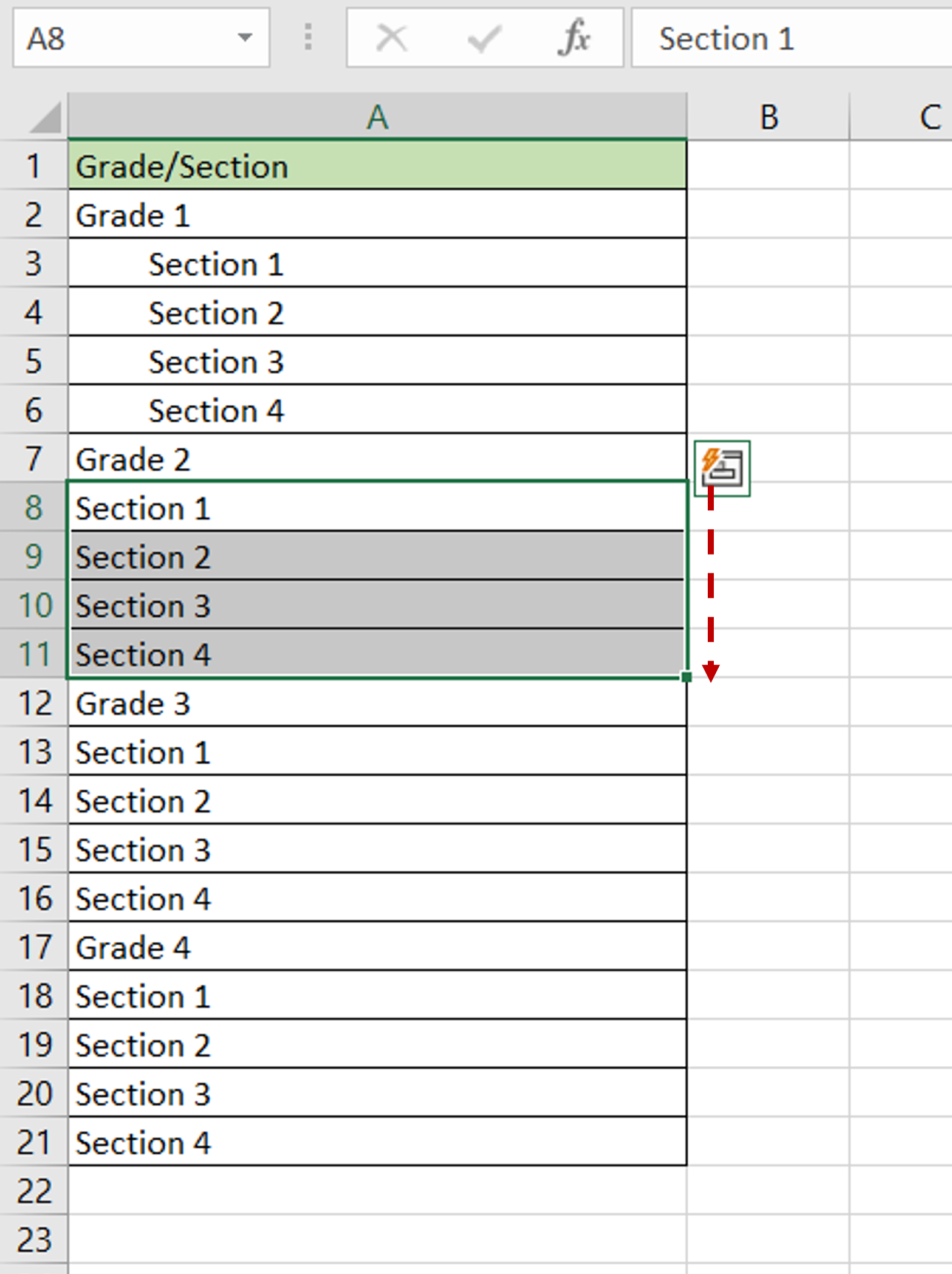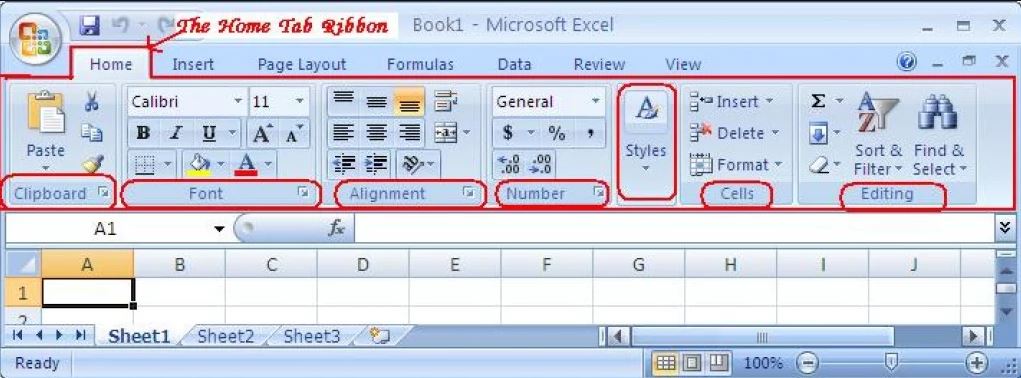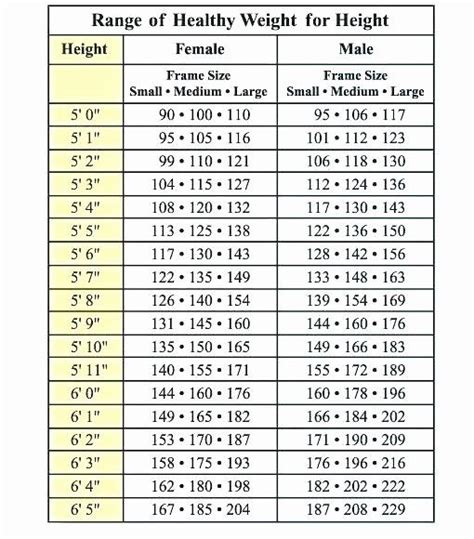3 Ways to Tab in Excel Cells

Excel, a powerhouse tool in the Microsoft Office suite, is renowned for its ability to organize, manipulate, and analyze data efficiently. One of the fundamental aspects of working with Excel is understanding how to navigate and interact with cells, and one common action is indenting or "tabbing" within cells for better data presentation and organization.
In this article, we will delve into three distinct methods to achieve this, each catering to different user preferences and scenarios. By exploring these techniques, you'll gain a comprehensive understanding of how to enhance your data presentation and workflow in Excel.
1. Utilizing the Tab Key for Quick Indentation

The Tab key on your keyboard is a straightforward and efficient way to indent text within an Excel cell. This method is particularly useful when you want to quickly format your data for better readability or when you’re working with a small amount of text that doesn’t require extensive formatting.
Here's how you can use the Tab key for indentation:
- Step 1: Select the Cell - Begin by selecting the cell or range of cells you wish to indent.
- Step 2: Press Tab - With the cell(s) selected, simply press the Tab key on your keyboard. This will indent the text within the cell(s) by one tab stop, which is typically equivalent to 0.5 inches.
- Step 3: Adjust as Needed - You can press the Tab key multiple times to increase the indentation further. Conversely, if you want to reduce the indentation, you can use the Shift + Tab combination to move the text one tab stop to the left.
This method is ideal for basic text formatting and provides a quick way to align data within cells. However, for more complex formatting needs or when dealing with larger datasets, other methods might be more suitable.
2. Employing Excel’s Alignment Tools for Precise Indentation

For a more controlled and precise approach to indentation, Excel offers a set of alignment tools that provide granular control over text alignment within cells. These tools are especially useful when you want to align data in a specific way or when you’re working with large datasets that require consistent formatting.
Here's how you can utilize Excel's alignment tools for indentation:
- Step 1: Select the Cell(s) - Begin by selecting the cell or range of cells you wish to indent.
- Step 2: Access the Alignment Tools - Go to the Home tab on Excel's ribbon, and within the Alignment group, you'll find various alignment options. Click on the Increase Indent button (which resembles a right-facing arrow) to increase the indentation.
- Step 3: Fine-tune as Needed - Excel's alignment tools allow you to control the indentation level with precision. You can increase or decrease the indentation by clicking the appropriate buttons, ensuring a consistent and controlled formatting process.
This method is ideal for scenarios where you need precise control over indentation levels and when you're working with data that requires a more structured and uniform presentation.
3. Utilizing Custom Cell Formatting for Complex Indentation Scenarios
When dealing with complex data structures or when you require advanced formatting options, Excel’s custom cell formatting feature becomes invaluable. This method allows you to create custom indentation settings that can be applied to specific cells or ranges of cells, providing a high level of customization and control.
Here's how you can use custom cell formatting for indentation:
- Step 1: Select the Cell(s) - Start by selecting the cell or range of cells you want to format.
- Step 2: Access the Format Cells Dialog - Right-click on the selected cell(s) and choose Format Cells from the context menu. Alternatively, you can use the keyboard shortcut Ctrl + 1 to open the Format Cells dialog box.
- Step 3: Customize Indentation - In the Format Cells dialog, navigate to the Alignment tab. Here, you'll find options to control indentation. Under the Horizontal section, you can specify the Indent level in characters or choose from predefined options like Left, Center, or Right.
- Step 4: Apply and Preview - Once you've set your indentation preferences, click OK to apply the formatting. Excel will update the selected cell(s) with the new indentation settings, allowing you to preview the results instantly.
This method is particularly useful for creating custom indentation styles that can be reused across different worksheets or workbooks. It's ideal for scenarios where you need advanced formatting options or when you're working with data that requires unique presentation styles.
Conclusion
Excel offers a versatile set of tools to handle indentation and text alignment within cells, catering to various user needs and data presentation scenarios. Whether you prefer the simplicity of the Tab key, the precision of alignment tools, or the customization of custom cell formatting, these methods empower you to create well-organized and visually appealing spreadsheets.
By understanding these techniques, you can enhance your data presentation, improve readability, and streamline your Excel workflow. So, whether you're a beginner or an advanced user, these indentation methods will undoubtedly add a new dimension to your Excel skills and help you create professional-looking spreadsheets.
Can I combine these indentation methods in the same workbook or worksheet?
+
Absolutely! Excel allows you to mix and match these indentation methods within the same workbook or even the same worksheet. This flexibility lets you apply different indentation styles to different cells or ranges based on your specific formatting needs.
Are there any keyboard shortcuts for the alignment tools?
+
Yes, you can access Excel’s alignment tools using keyboard shortcuts. To increase indentation, use Ctrl + Shift + ], and to decrease indentation, use Ctrl + Shift + [. These shortcuts provide a quick way to adjust indentation without navigating through the ribbon.
Can I set a default indentation level for all cells in a worksheet or workbook?
+
Yes, you can set a default indentation level by using the Format Cells dialog and selecting the desired indentation settings. Then, with the entire worksheet or workbook selected, apply these settings using the Format Painter tool. This way, all new cells will inherit the default indentation level.



